Supercities are always planned from the beginning, with strong traffic connections and enough space for parks, schools, hospitals, shopping centers, etc., helping to create a complete, classy living environment - something that traditional cities find difficult to do. Therefore, this trend is expected to attract customers in the future.
Reduce pressure on central urban areas
Talking about the role of megacities that many large corporations are focusing on building and developing, Mr. Le Hoang Chau - Chairman of the Ho Chi Minh City Real Estate Association (HOREA) - said that the appearance of large projects with a scale of thousands, even tens of thousands of hectares, is a trend in urban development, especially in developing countries, especially in Asia.
With the urban explosion and urban population concentration, the development of large-scale super urban projects is an important solution to reduce pressure on central urban areas that have become overloaded, especially in terms of infrastructure.
“Therefore, mega-urban projects play an important role in decentralizing the population from the central area, to reallocate population and resources. At the same time, with a large enough scale, these urban areas have advantages in implementing construction, establishing synchronous, modern infrastructure and comprehensive utilities, including moving towards smart cities,” Mr. Chau said.
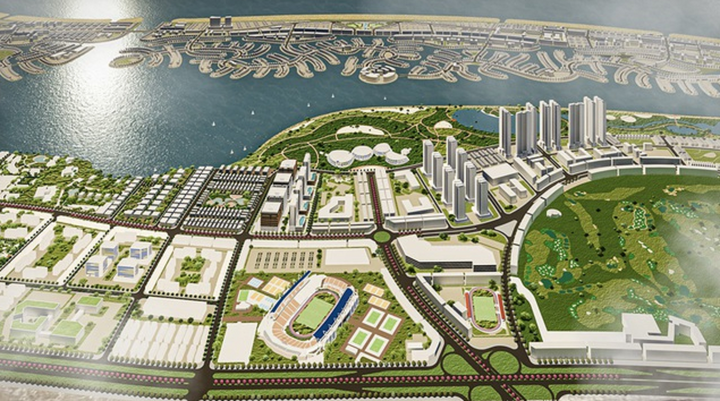
Agreeing with the above viewpoint, Dr. Nguyen Van Dinh - Vice President of the Vietnam Real Estate Association (VNREA) - commented that the super urban model will be the lever to help Vietnam break through, stand at the top position in Southeast Asia and enter the top 20 economies in the world in the next 10 - 20 years.
According to Mr. Dinh, the model of mega-urban areas of several hundred or thousands of hectares has been appearing more and more recently in localities and has become an increasingly clear trend.
“In the past, we only had urban areas like Phu My Hung that could be considered large. But in recent years, more and more megacities have appeared, the most prominent of which is Vinhomes Green Paradise in Can Gio with a scale of 2,870 hectares. This trend first of all comes from the increasing demand for quality of life of the people. People want to live in a place with full amenities, guaranteed security... and the megacity model meets this legitimate demand well,” Mr. Dinh said.
Mr. Dinh further analyzed: In the current and overall socio-economic picture, the trend of forming megacities is inevitable, contributing to attracting domestic and foreign investors. “International reality has proven that Tokyo, Seoul… all developed according to this model and became important growth engines of the country. These areas can account for up to 50% of the population and over 55% of the country’s GDP. Or Singapore develops according to the 5-petal flower model with each “petal” being a metropolis with its own mark and guaranteed quality of life,” Mr. Dinh cited.
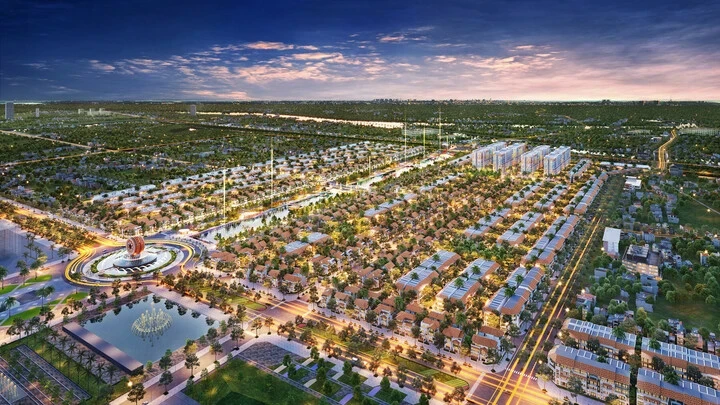
Mr. Dinh also emphasized that when a megacity appears, it will often create a large and long-term supply. When tens of thousands of products are launched according to the roadmap, the real estate market will become more stable, ensuring a diverse supply, as well as limiting unreasonable price increases.
“More importantly, the megacity brings a completely new living space, where people can live - work - play - entertain in the same area without having to travel far. This is the model of the future. Because, if we continue to develop as it is now, that is, where there are many people, we open roads and then continue to have traffic jams, cities will forever be bound by old infrastructure. Therefore, the megacity is the only way to release central pressure and create a more humane and livable living environment,” Mr. Dinh expressed his opinion.
Attracting capital from large enterprises
Experts also say that with many outstanding advantages, megacities will be a favorite investment for large, financially stable investors. That is why more and more megacities are appearing.
Vietnam’s first model urban area, Phu My Hung, was built 30 years ago with an area of over 400 hectares. The construction density here is only 25%, the rest is roads, trees, water surfaces and public works.
Similarly, Ecopark in Hung Yen was built 20 years ago, forming an urban area with lots of trees and water on what was previously agricultural land.
And recently, the super urban area Vinhomes Green Paradise in Can Gio (HCMC), Sun Mega City in Ninh Binh... are also names that are receiving a lot of public attention.
“Investors and corporations that can implement mega-urban projects must be entities with real capacity in finance, planning, design, and project operation. In addition to attracting investment capital from domestic enterprises, the mega-urban model also brings opportunities to attract foreign capital into Vietnam. Therefore, the trend of building mega-urban areas is very necessary and should be done,” Mr. Chau said.
Agreeing, Dr. Nguyen Van Dinh also said that megacities are the driving force to attract investment, especially high-quality FDI capital. With synchronously planned transport - service - technology infrastructure from the beginning, megacities become attractive destinations for large domestic and international enterprises in the fields of production, trade, retail, health care, education, etc.
“ Enterprises are always looking for “new growth poles” with large land funds, good infrastructure and a civilized living environment. Super cities that meet the above factors have the ability to create a very strong investment value chain, helping localities increase budget revenue and form a sustainable economic ecosystem ,” Dr. Nguyen Van Dinh affirmed.
Meanwhile, expressing his opinion, expert Bui Van Doanh, Director of the Vietnam Real Estate Research Institute, emphasized: A successful megacity needs to meet three core conditions.
Firstly, the area where the urban area is located must have development motivation, for example, advantages in tourism, industrial zones, commerce, services or certain natural advantages.
Second, there must be a strong transport infrastructure system with multi-directional connections, such as highways and metro.
Third, it requires a capable investor. A megacity cannot be divided into small pieces and assigned to many investors to develop in a fragmented manner, as was the case in Ho Chi Minh City before. A modern metropolis is not simply a “residential area” but must be a place capable of connecting many fields, from services, trade to production, developed according to the highest ESG standards… Therefore, this is a model that needs to be led by businesses with financial capacity, planning experience, connectivity…
“If implemented well, I believe this will be a turning point in the next 10-20 years. When the multi-center urban model is formed, Ho Chi Minh City and Hanoi will no longer be "compressed" in population as they are now. Satellite cities will become places for living, working, production, and synchronous services, contributing to reducing the load on the center and creating new growth momentum,” Mr. Doanh said.
Mr. Doanh also noted that allowing the construction of megacities is a historic opportunity but not equal: “If done correctly, focusing on a number of good core areas, the mega-city will become a lever to help Vietnam break through, raise living standards, attract foreign capital and restructure the entire national urban development model. This will be the driving force for us to rise up, stand at the top of Southeast Asia and enter the world’s top 20 economies.”
Source: https://baolangson.vn/sieu-do-thi-chia-khoa-vang-mo-nut-that-nguon-cung-nha-o-5065718.html
























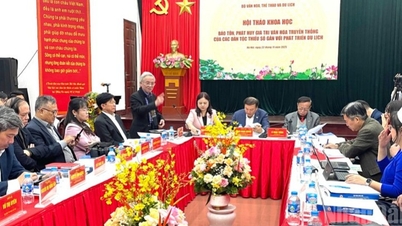
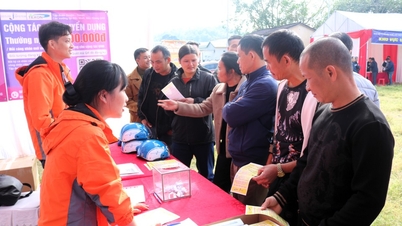
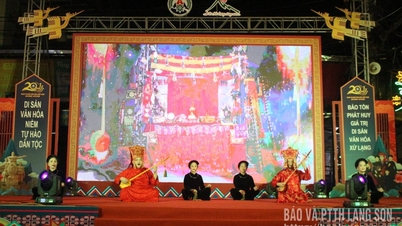
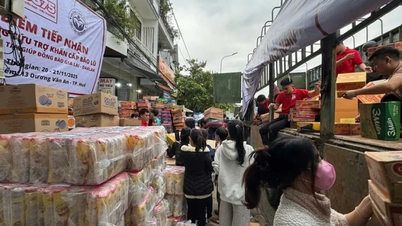
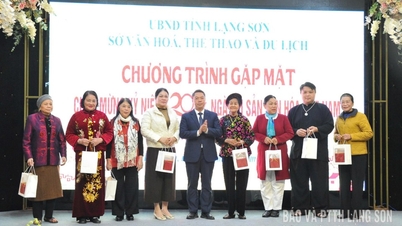






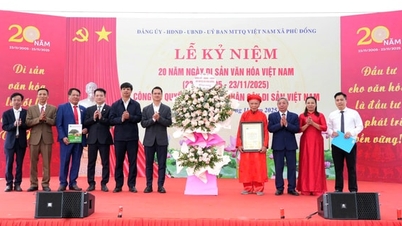




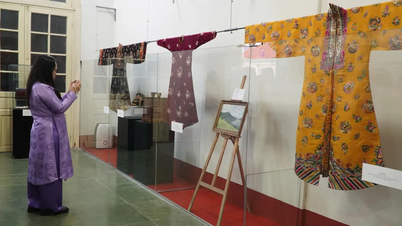

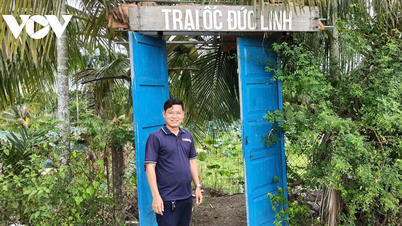







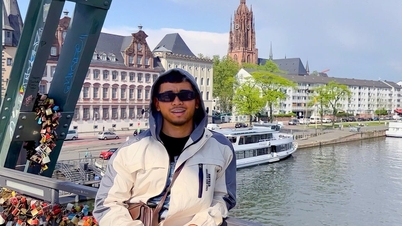



















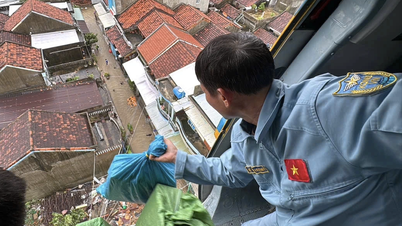













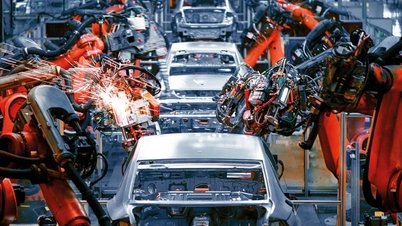



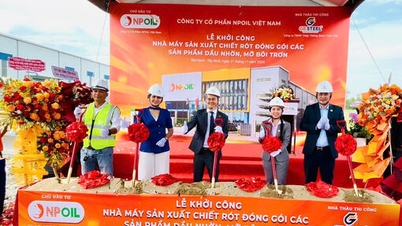














Comment (0)